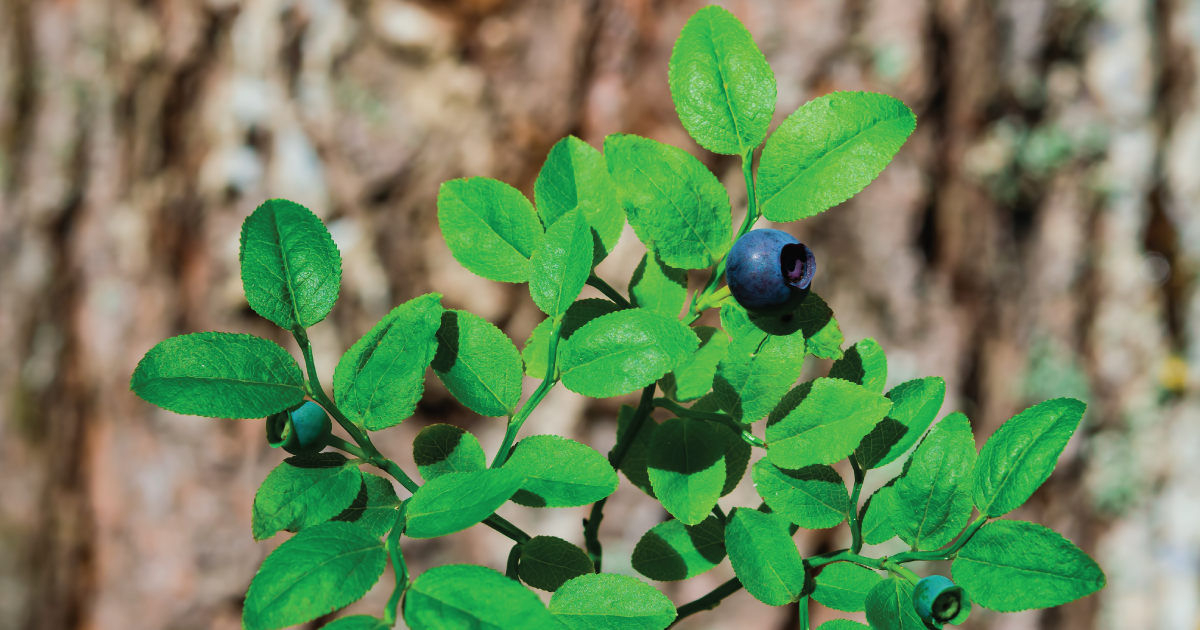
The Herbicide Glyphosate Persists in Wild, Edible Plants: B.C. Study
“The highest and most consistent levels of glyphosate and AMPA (aminomethylphosphonic acid) were found in herbaceous perennial root tissues, but shoot tissues and fruit were also shown to contain glyphosate in select species,” according the study published in the Canadian Journal of Forest Research.
February 20, 2019 | Source: Vancouver Sun | by Randy Shore
When herbicides are sprayed by plane, the spray can deliver non-lethal doses of glyphosate to nearby “non-target plants.”
Edible and medicinal forest plants that survive aerial spraying of glyphosate can retain the herbicide and related residues for at least a year, a new study has found.
“The highest and most consistent levels of glyphosate and AMPA (aminomethylphosphonic acid) were found in herbaceous perennial root tissues, but shoot tissues and fruit were also shown to contain glyphosate in select species,” according to the study published in the Canadian Journal of Forest Research.
Herbicides containing glyphosate are used by forest companies to kill aspen and other broadleaf plants in areas that have been logged and replanted with trees of commercial value such as Douglas fir and pine, according to the Ministry of Forests.
When herbicides are sprayed by aircraft, the spray can deliver non-lethal doses of glyphosate to nearby “non-target plants,” some of which may store the compound indefinitely or break it down very slowly, said author Lisa Wood, a registered professional forester and assistant professor of forest ecology at the University of Northern B.C.
